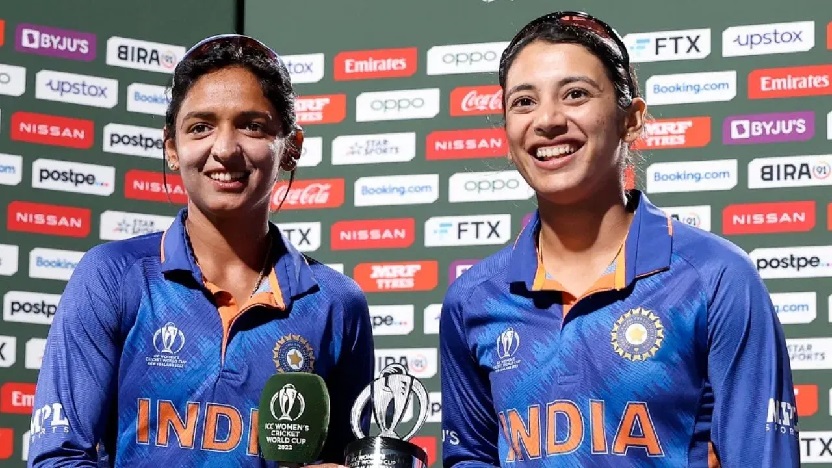
Women Cricket Team Captains: Trailblazers in the World of Cricket
Women’s cricket has been making waves on the global stage, thanks to the exceptional leadership of team captains who have guided their teams to glory. These inspiring leaders bring strategic acumen, resilience, and a passion for the game that has redefined the perception of women’s cricket. In this blog post, we delve deep into the lives and legacies of women cricket team captains, their challenges, and their immense contributions to the sport.
The Evolution of Women’s Cricket
Women’s cricket has come a long way since its inception in the 18th century. From being a recreational activity to becoming a professional sport, the journey has been remarkable. The role of women cricket team captains in this evolution cannot be overstated. They have been pivotal in breaking stereotypes and proving that cricket is not just a “gentleman’s game” but a sport for all.
Milestones in Women’s Cricket
- 1934: The first-ever women’s Test match was played between England and Australia.
- 1973: The inaugural Women’s Cricket World Cup was held in England.
- 2005: The International Cricket Council (ICC) merged with the International Women’s Cricket Council (IWCC).
- 2020: The ICC Women’s T20 World Cup final saw a record-breaking attendance of over 86,000 spectators.
The Role of a Captain in Cricket
A captain in cricket is more than just a leader; they are the strategist, motivator, and decision-maker. Women cricket team captains have demonstrated exceptional leadership qualities, often overcoming societal challenges and limited resources to lead their teams to success.
Key Responsibilities of a Captain
- Tactical Decision-Making: Deciding the batting order, field placements, and bowling changes.
- Motivation: Encouraging team members during challenging moments.
- Representation: Being the face of the team in media and public appearances.
- Performance: Leading by example on the field.
Iconic Women Cricket Team Captains
1. Mithali Raj (India)
One of the most celebrated captains in women’s cricket, Mithali Raj is an icon in the sport. She captained India in both Test and ODI formats and is known for her calm demeanour and consistency. Under her leadership, India reached the finals of the ICC Women’s World Cup twice (2005 and 2017).
Achievements:
- Most runs in women’s ODIs.
- First Indian woman to score a double century in Tests.
- Padma Shri and Arjuna Award recipient.
2. Meg Lanning (Australia)
Meg Lanning is a modern-day cricket legend who has set numerous records as the captain of the Australian women’s cricket team. Her aggressive captaincy style and ability to lead from the front have made Australia the dominant force in women’s cricket.
Achievements:
- Multiple ICC Women’s World Cup and T20 World Cup titles.
- Youngest Australian to score an international century.
- ICC Women’s ODI Cricketer of the Year in 2015.
3. Charlotte Edwards (England)
Charlotte Edwards is a trailblazer for England women’s cricket. Her tenure as captain saw England achieve unparalleled success, including winning the ICC Women’s World Cup and ICC Women’s T20 World Cup in 2009.
Achievements:
- Over 10,000 international runs across all formats.
- ICC Women’s Player of the Year in 2008.
- Appointed Commander of the Order of the British Empire (CBE).
4. Sana Mir (Pakistan)
Sana Mir is credited with transforming Pakistan women’s cricket. As captain, she inspired her team to believe in their abilities and compete on the global stage. Her leadership was instrumental in changing the perception of women’s cricket in Pakistan.
Achievements:
- First Pakistani woman to top the ICC ODI bowling rankings.
- Led Pakistan to gold medals in the Asian Games (2010 and 2014).
- Wisden Cricketers’ Almanack honoree in 2019.
Challenges Faced by Women Cricket Team Captains
Despite their success, women cricket team captains face numerous challenges:
1. Lack of Funding and Resources
While the situation has improved, many women’s teams still struggle with inadequate funding and infrastructure. Captains often have to work with limited resources.
2. Gender Bias
Captains often face criticism rooted in societal stereotypes. Overcoming such biases requires immense resilience.
3. Balancing Roles
Managing a personal life and a demanding career is particularly challenging for women cricket captains.
The Future of Women’s Cricket Leadership
The future looks bright for women’s cricket, thanks to initiatives like:
- Increased Media Coverage: More visibility for women’s matches has brought new fans to the game.
- Equal Pay Movements: Countries like New Zealand and India are leading the way in providing equal pay for male and female cricketers.
- Grassroots Development: Investment in youth programs ensures a steady pipeline of talent.
Women cricket team captains will continue to play a crucial role in shaping the sport’s future, inspiring the next generation of players to take up the game.
Conclusion
Women cricket team captains are more than just leaders; they are icons who represent the spirit of the game. Their journeys, filled with triumphs and challenges, inspire millions around the world. As cricket continues to evolve, the contributions of these remarkable women will remain etched in history.
Which women’s cricket team captain inspires you the most? Share your thoughts in the comments below!
Read Also: Highest Wicket Taker in Cricket History – Detailed Analysis and Records
